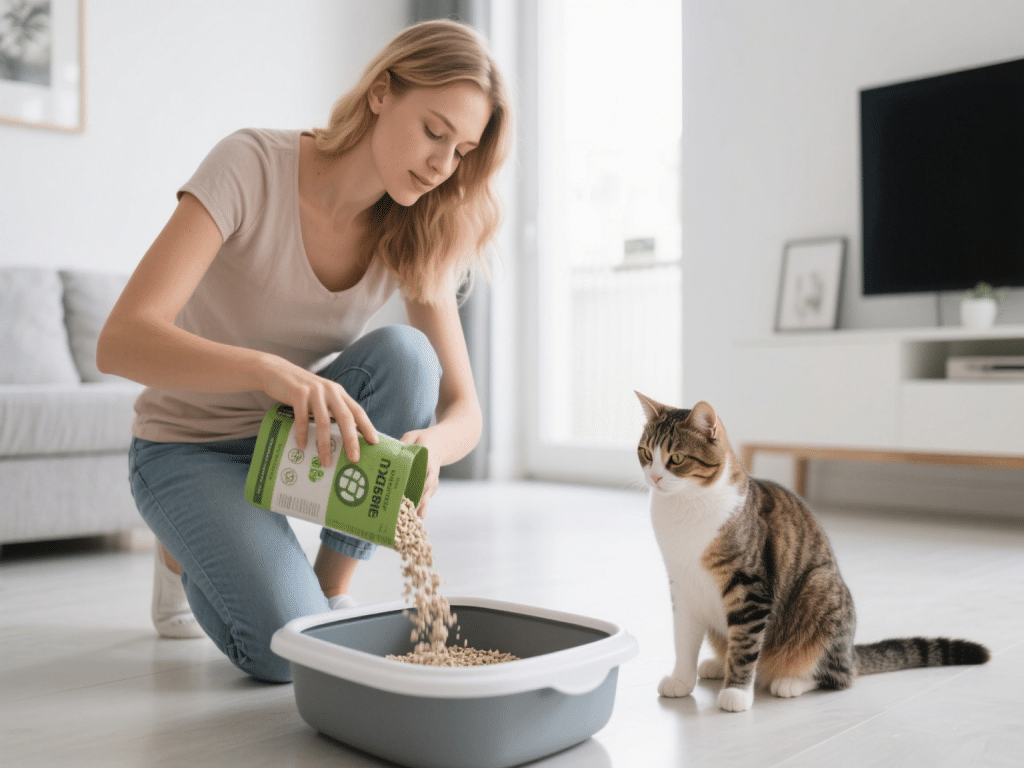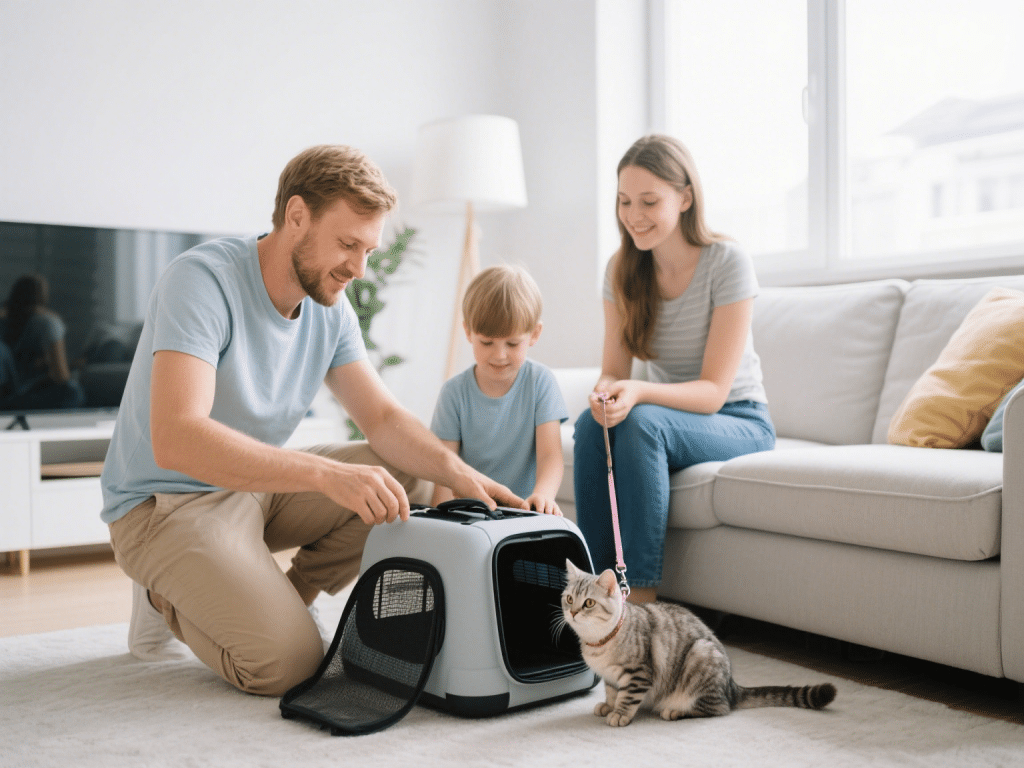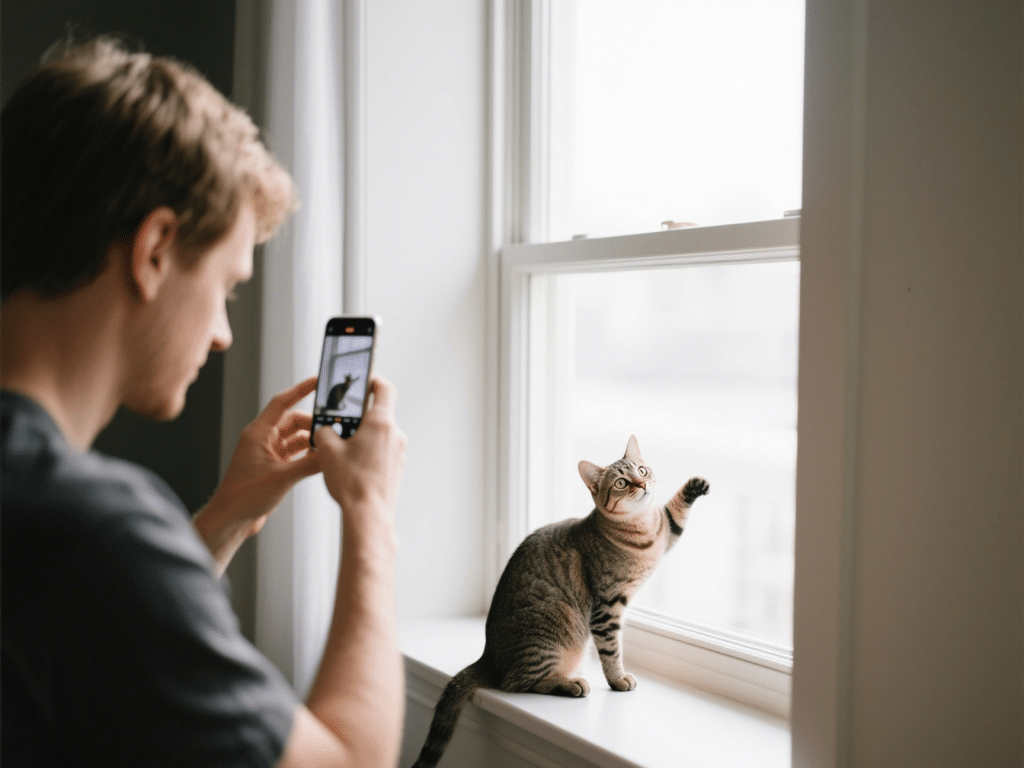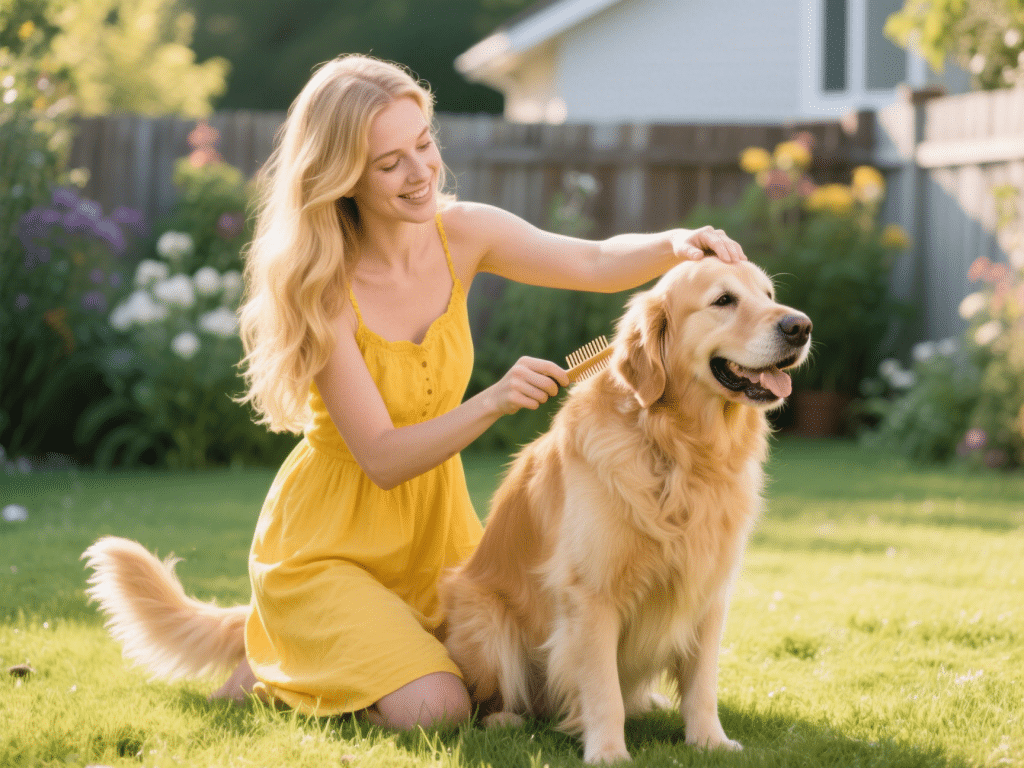
Introduction
Moving into an apartment presents unique challenges and opportunities for pet owners. Limited space, noise restrictions, and lack of a fenced yard require thoughtful planning to ensure your pet’s well-being. This guide offers practical advice to equip both you and your animal companion for a smooth transition to apartment life.
1. Assess Your Pet’s Personality and Breed Needs
Energy Levels: High-energy breeds (e.g., Border Collies, Huskies) need more exercise. Consider daily walks, indoor games, or puzzle toys to burn energy.
Size Considerations: Larger breeds may require more room to move. Evaluate if your apartment’s square footage can accommodate your pet comfortably.
2. Create a Safe, Enriching Environment
Designate a Pet Zone: Dedicate a corner for a bed, toys, and water bowl. Familiarity helps pets feel secure in smaller spaces.
Use Vertical Space: Install sturdy shelves or cat trees for climbing and perching if you have a feline friend.
Soundproofing: Place rugs and curtains to dampen noise. Consider a white noise machine or soft music to soothe anxious pets.
3. Establish House Rules and Routines
Potty Schedule: For dogs, designate specific times to go outdoors. Use pee pads or an indoor grass station for emergencies.
Feeding Times: Keep consistent meal hours. Adjust portions based on reduced activity levels compared to a larger home.
Training and Boundaries: Use positive reinforcement to teach commands like “stay,” “quiet,” and “place.” This helps minimize barking or roaming in neighbors’ view.
4. Exercise and Mental Stimulation
Daily Walks or Visits to Dog Parks: Aim for at least 30 minutes of outdoor activity for most dogs.
Interactive Toys: Provide puzzle feeders, treat-dispensing balls, or chew toys to keep your pet engaged.
Fetch and Tug-of-War Indoors: Use soft toys and clear small areas to prevent accidents.
5. Socialization and Noise Adaptation
Desensitize to Apartment Sounds: Play recordings of doorbells, elevators, and traffic at low volume. Reward calm behavior as noise levels increase.
Introduce Neighbors' Pets Gradually: Controlled meet-and-greets can help reduce territorial or anxiety-driven behaviors.
6. Health and Safety Considerations
Routine Vet Checkups: Smaller spaces can exacerbate stress or separation anxiety; consult your veterinarian for anxiety-reducing strategies.
Pet-Proofing: Secure cords, remove toxic plants, and lock cabinets to prevent access to hazardous materials.
Conclusion
Apartment living can be rewarding for both pets and owners when approached thoughtfully. By creating a safe environment, establishing clear routines, and providing sufficient exercise and enrichment, your furry companion will thrive in a smaller space. Patience and consistency are key to ensuring a harmonious apartment lifestyle.









Comments on "Preparing Your Pet for Life in an Apartment: A Beginner’s Guide" :